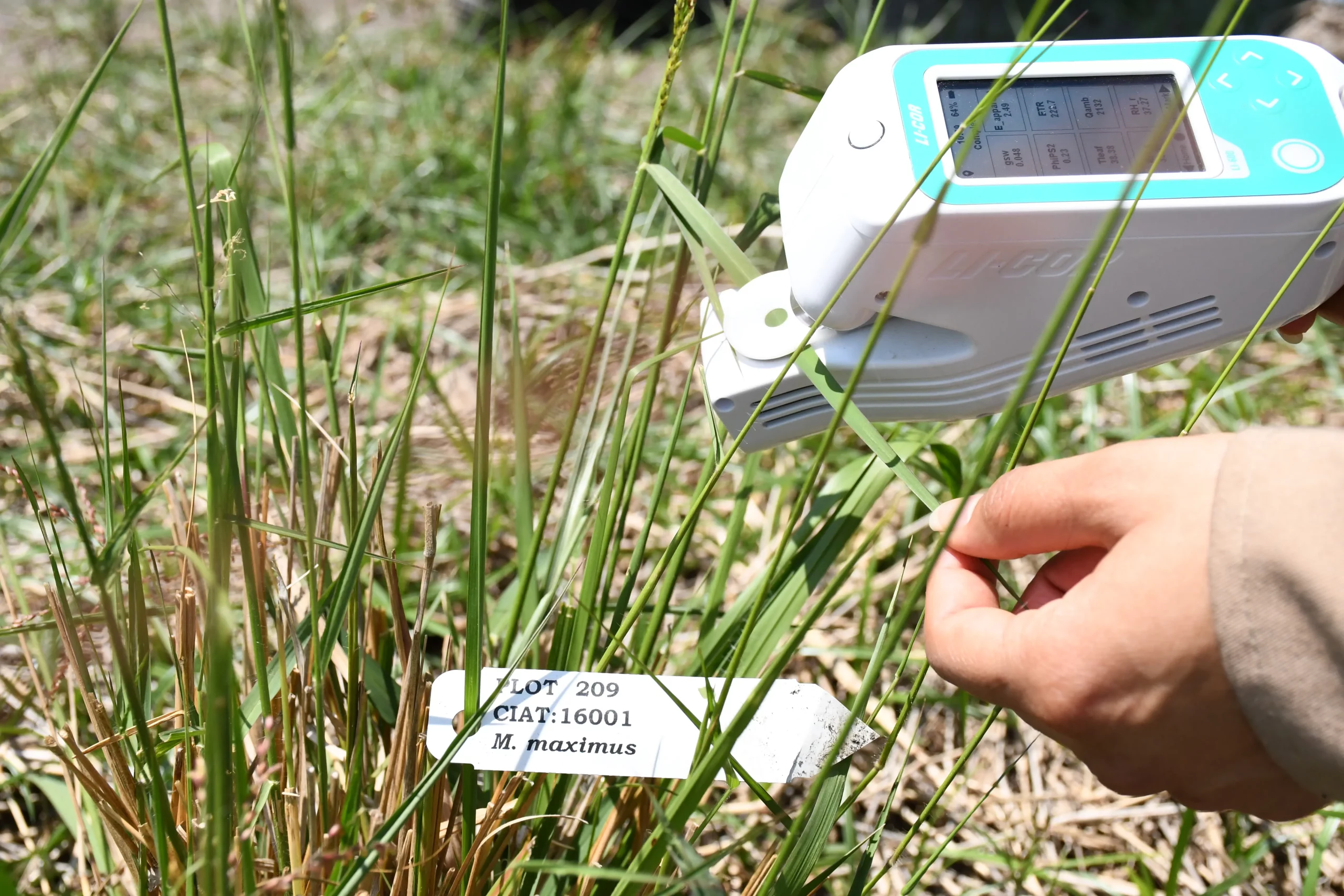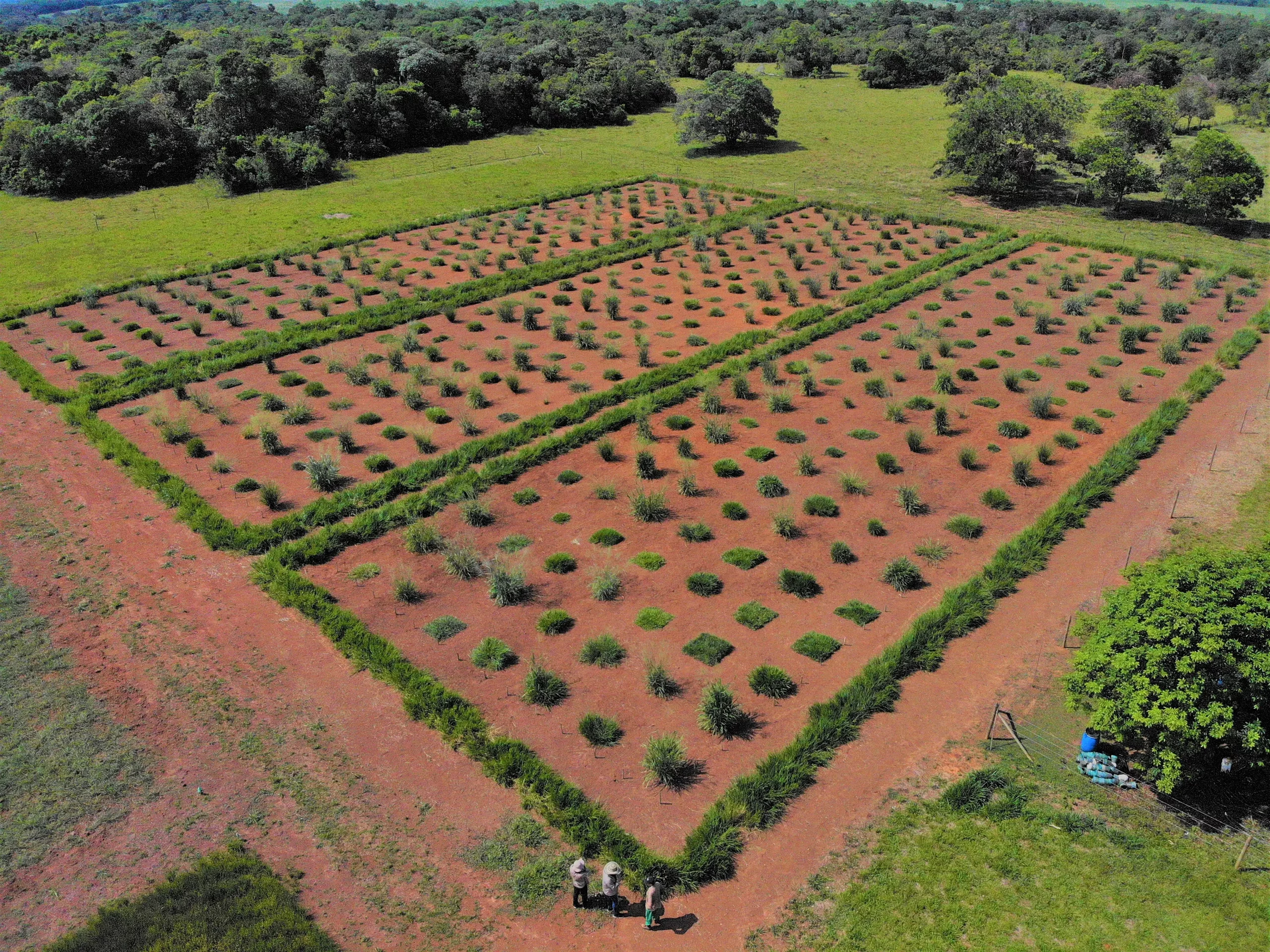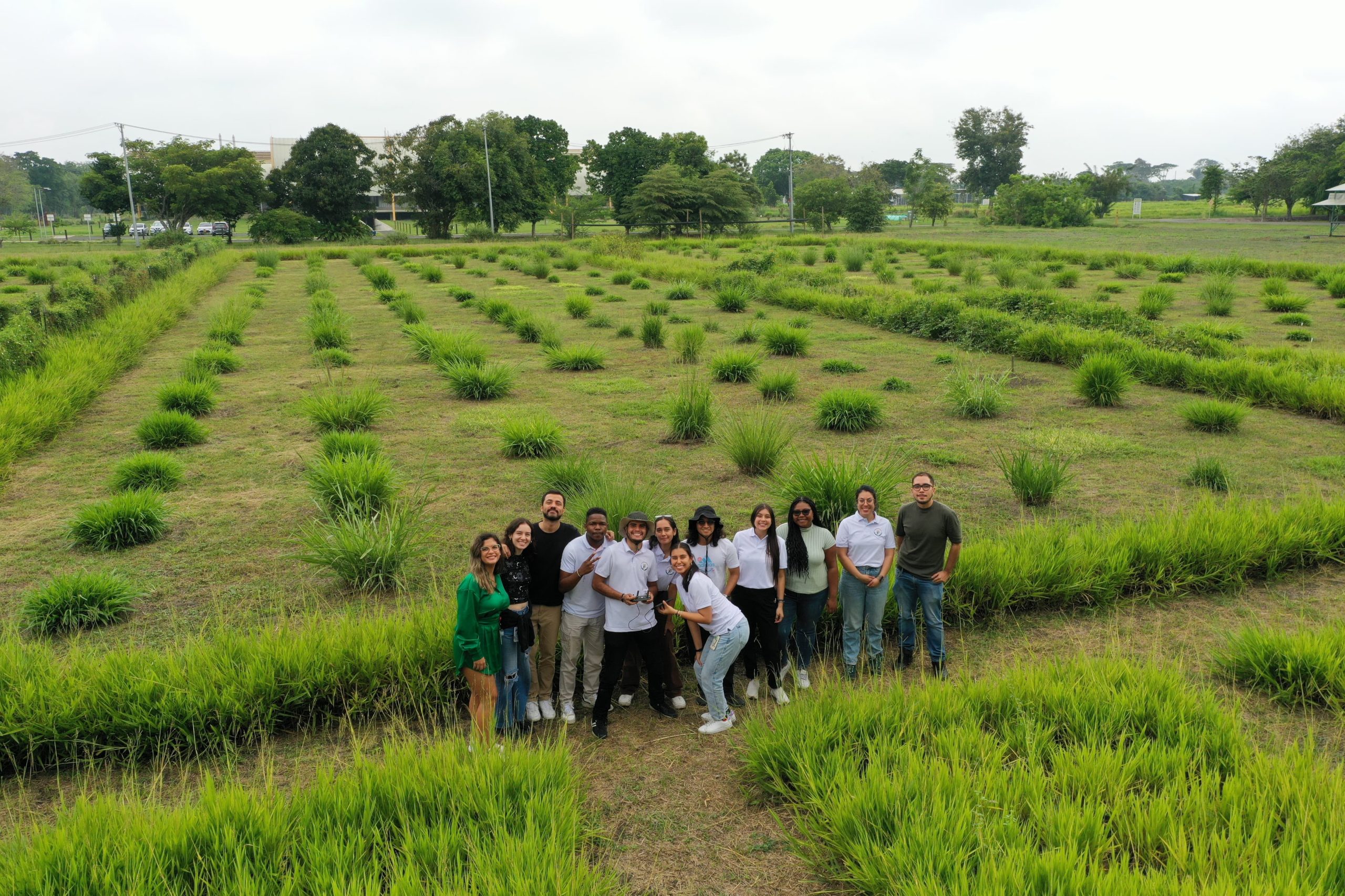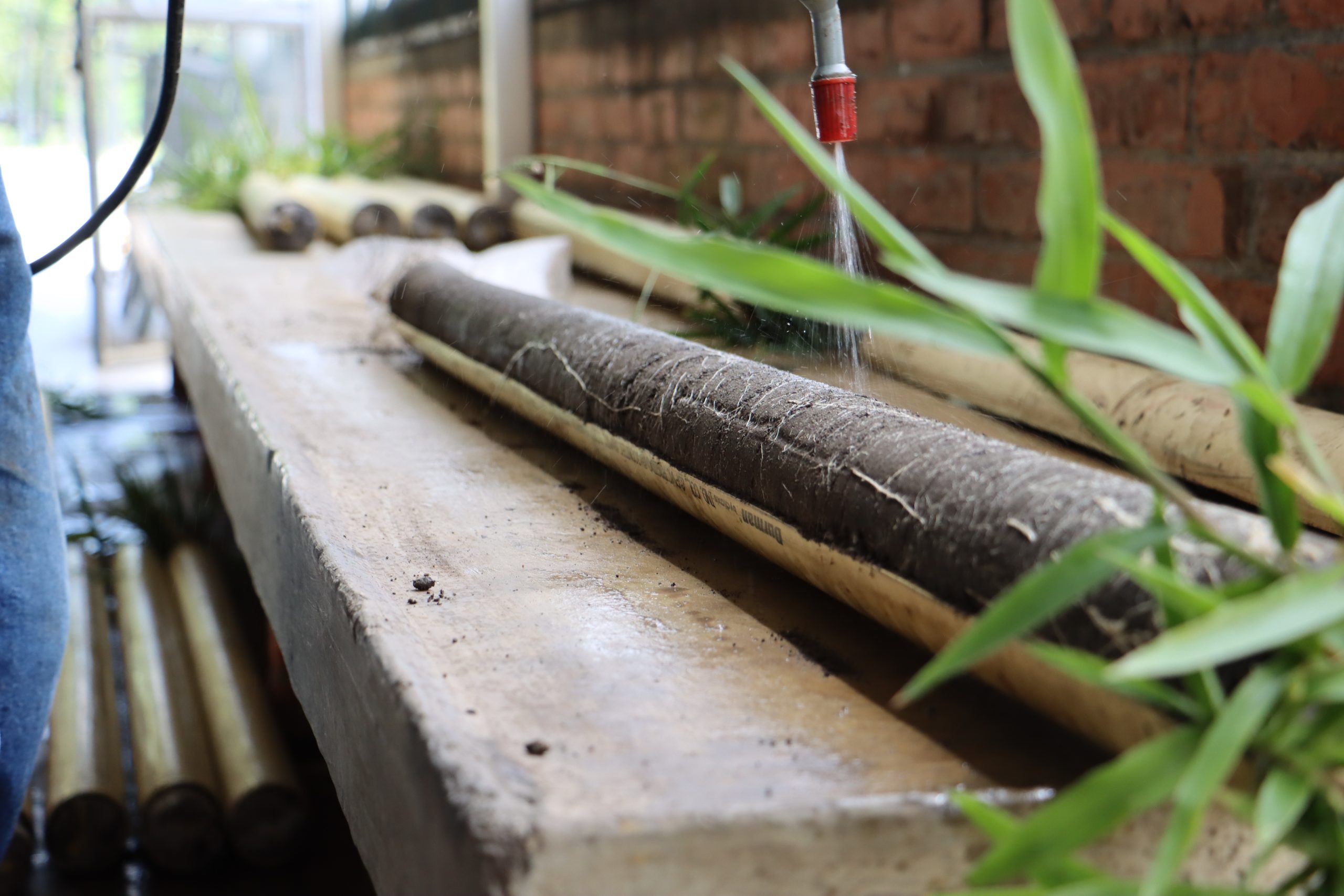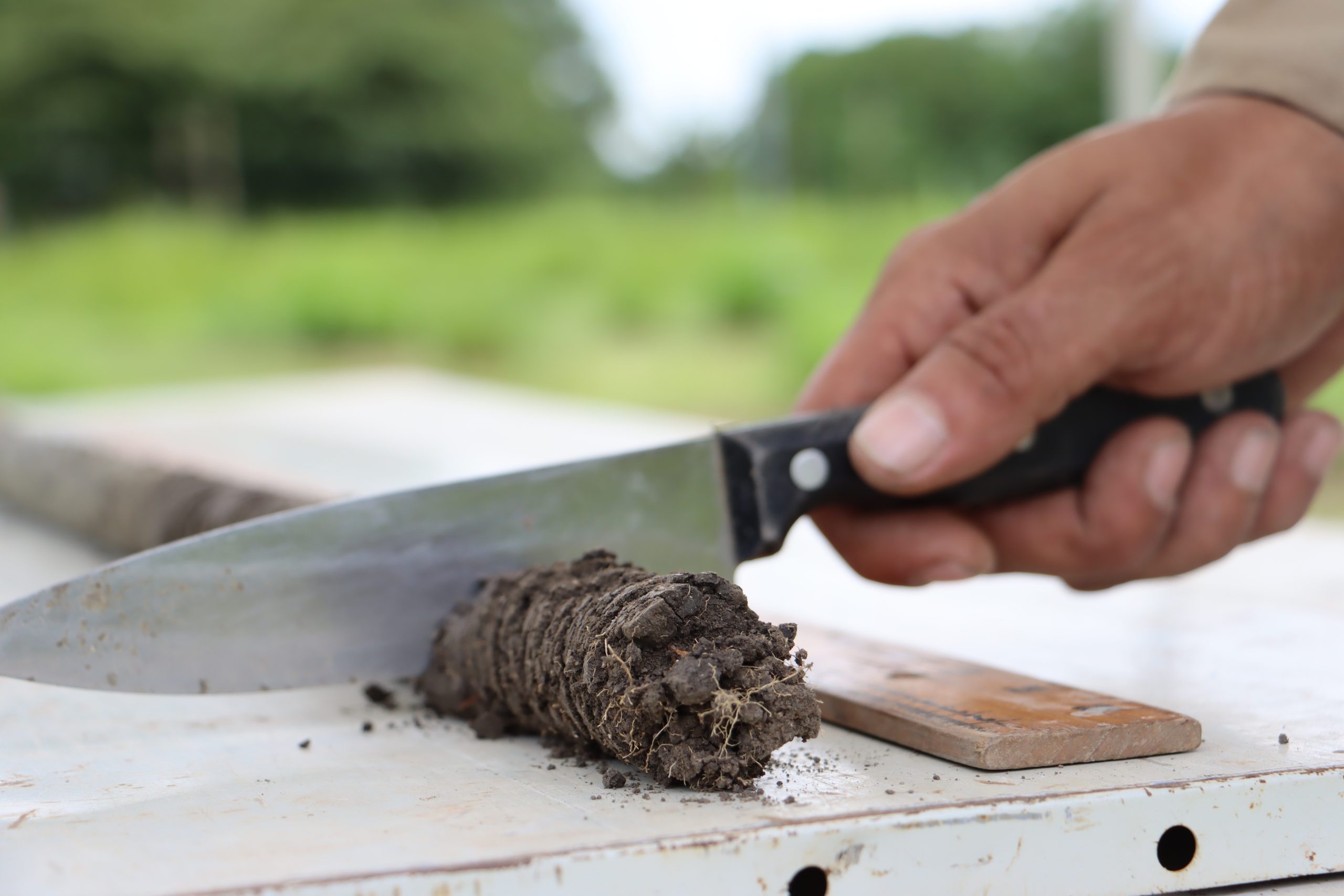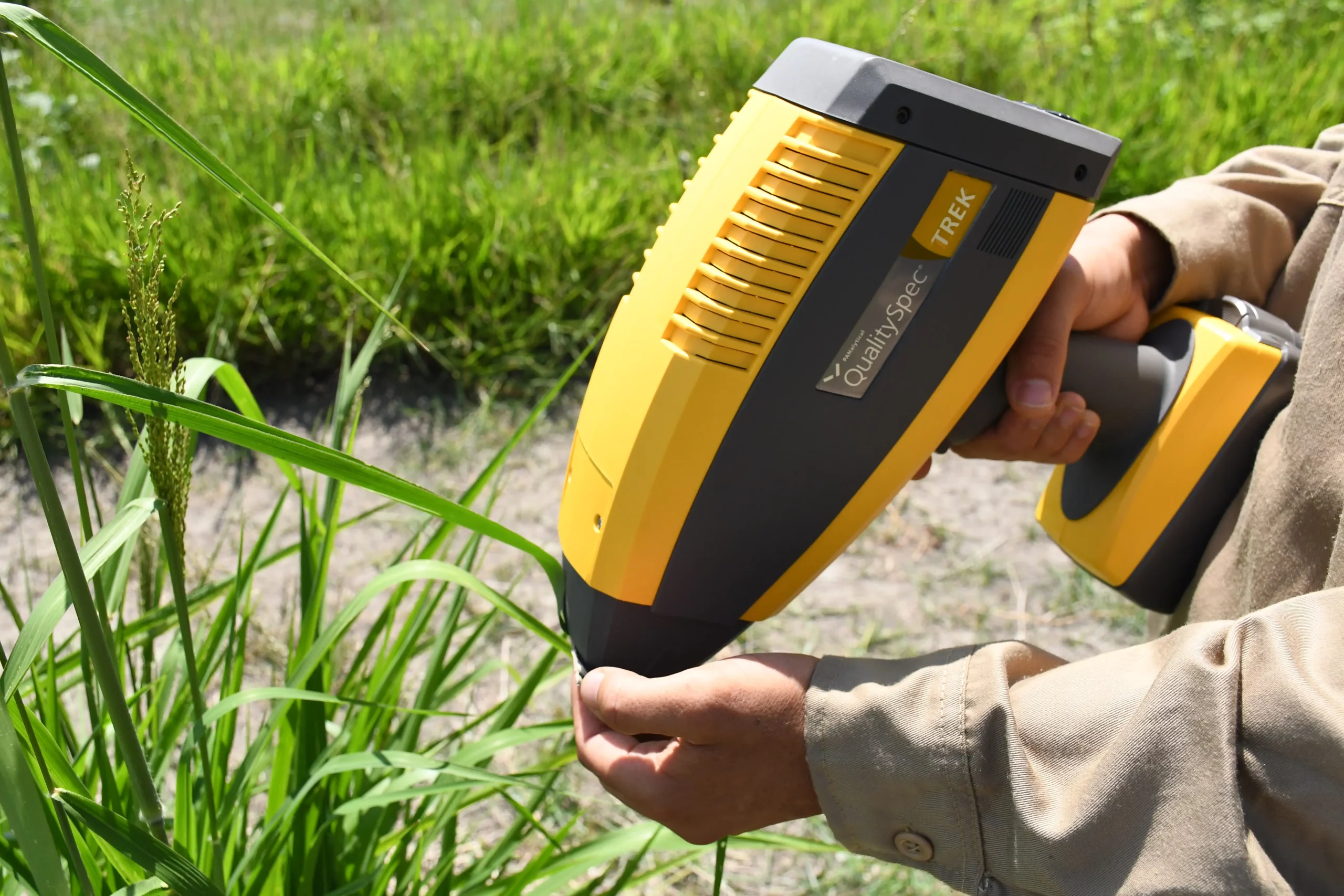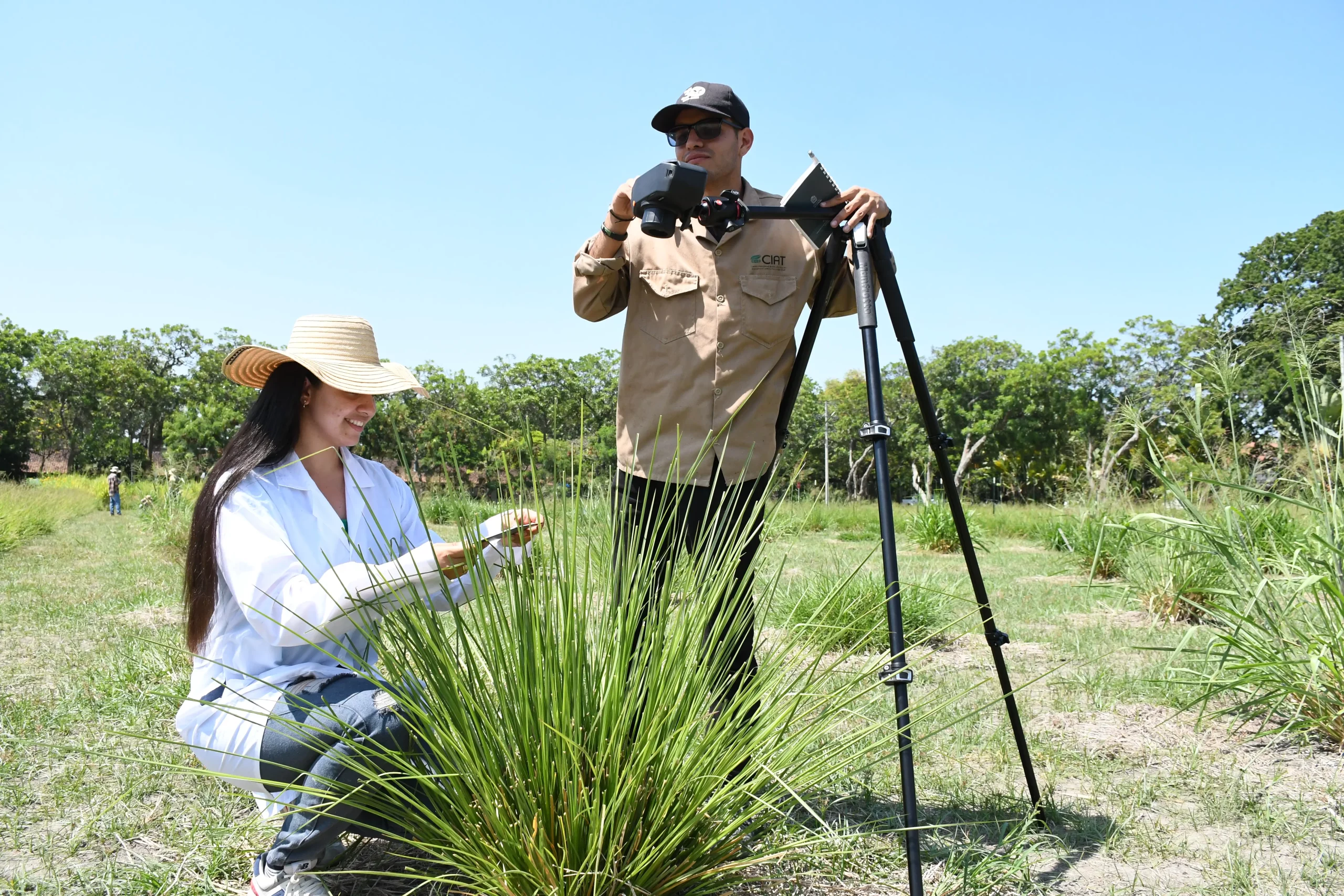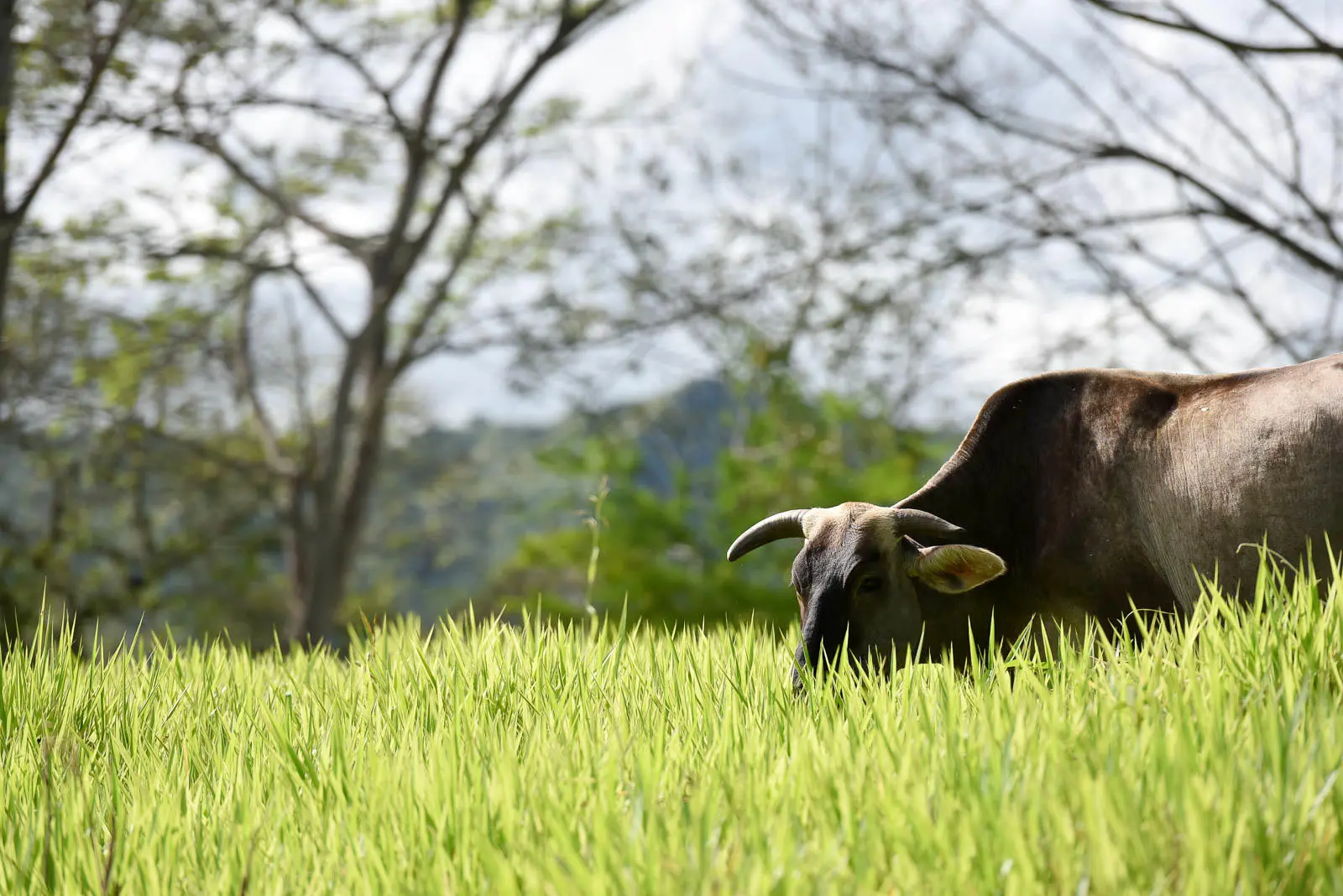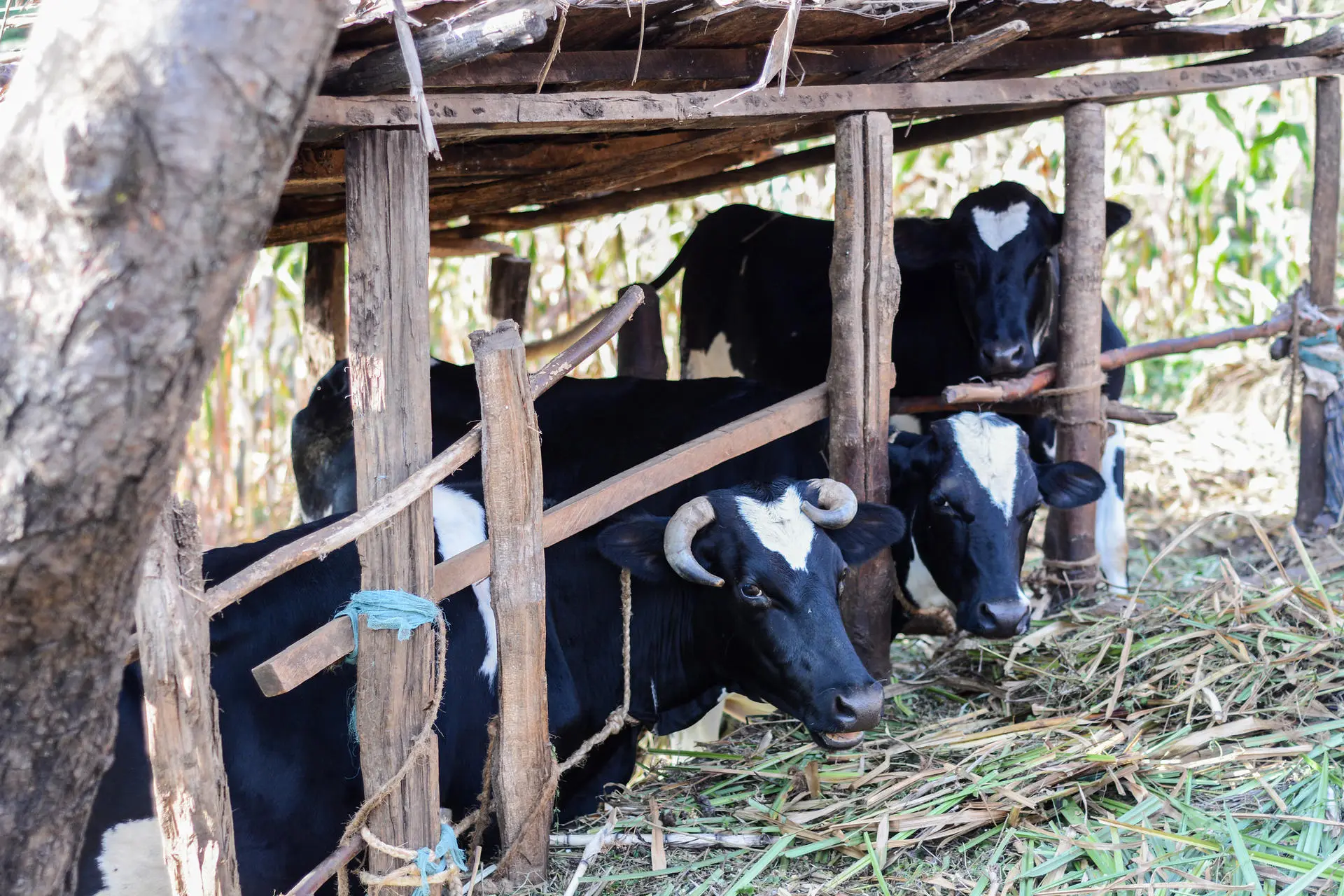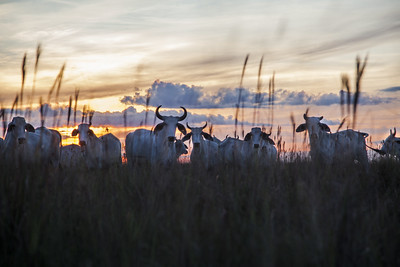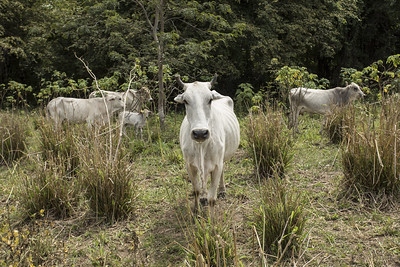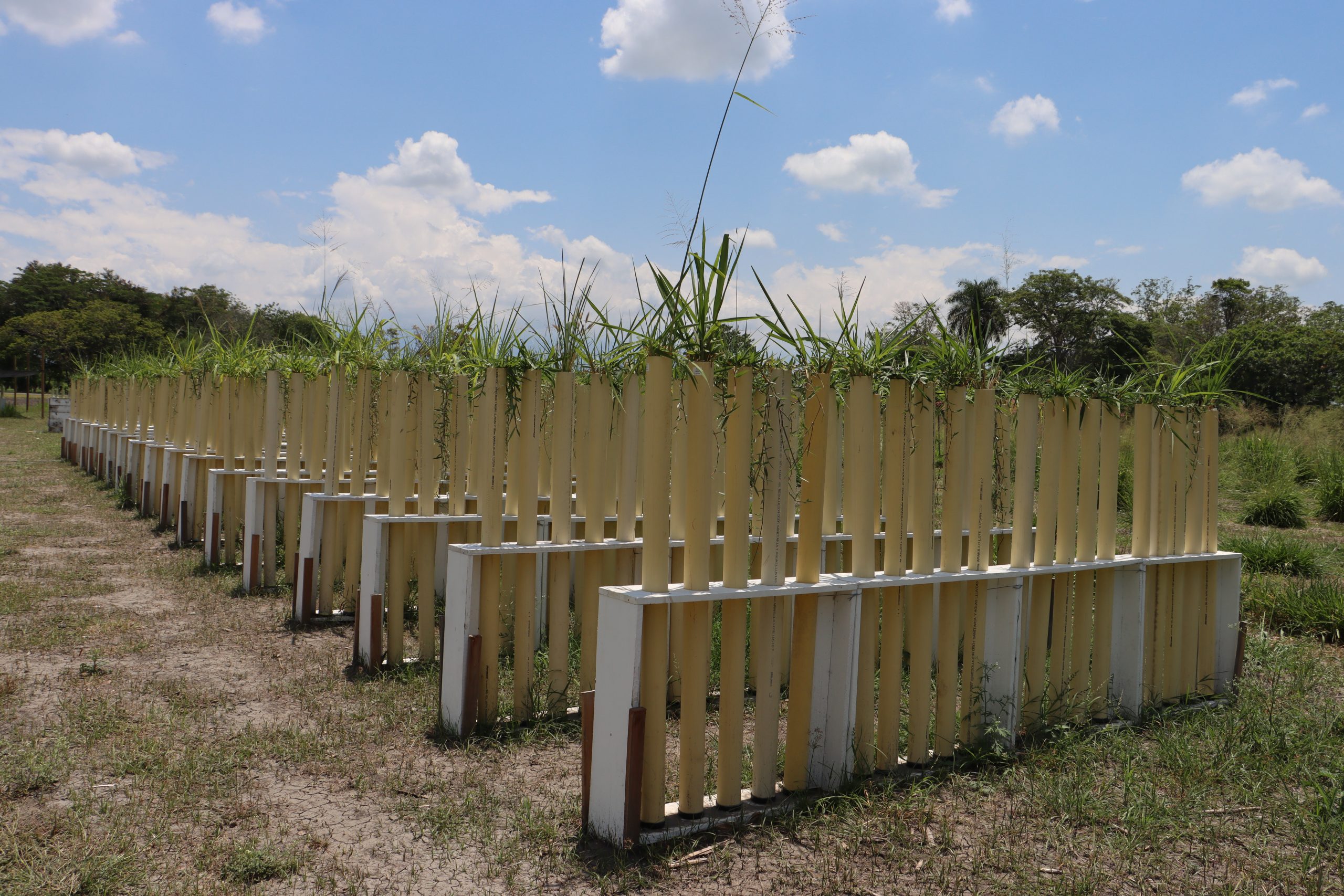Last Update 6/25/2024
Impact of Forages
We investigated the potential of the genetic diversity of tropical forage grasses to accumulate soil organic carbon (SOC) through the development of deep roots, roots with high content of recalcitrant carbon compounds, and low decomposition rates. This genetic diversity comprises a selection of 180 genotypes, including accessions from the “Future Seeds” germplasm bank and hybrids developed by the tropical forages breeding program of the Alliance Bioversity & CIAT. The identification of forage genotypes with higher SOC accumulation capacity is conducted across different soil types and geographical locations, aiming to select potential materials for incorporating this attribute into the forage breeding program and its subsequent implementation in sustainable livestock systems.
Our innovative approach
- We utilized hydroponic crops and soil tubes for root phenotyping using specialized root image analysis software. These methodologies allow us to quickly and practically identify morphological differences in roots among the evaluated genotypes.
- We study root composition by determining carbon (C) and nitrogen (N) content through dry combustion, suberin by histological techniques and gas chromatography-mass spectrometry, and lignin content by gravimetry (ISO 13906:08, AOAC 973.18, AN 3804 ANKOM).
- Finally, in genotypes with desirable attributes, we quantified SOC accumulation in field trials, exploring carbon fractionation to distinguish between particulate organic carbon and mineral-associated organic carbon.
Outcomes / Outputs
- Root phenotyping in 180 genotypes of forage grasses in hydroponic cultures simulating conditions of high fertility soils and acidic soils with low fertility.
- Root phenotyping in 180 genotypes of forage grasses cultivated in soil tubes with high fertility (Vertisol).
- Evaluation of aboveground and root biomass production in 180 genotypes of forage grasses in field trials at two locations: Palmira (Vertisol, high fertility) and Puerto López (Oxisol, low fertility).
Future steps
- Quantification of suberin and lignin in roots of a selected subgroup of genotypes based on root biomass characteristics and deep rooting.
- Monitoring the rate of SOC accumulation in field trials.
- Evaluation of root decomposition rates in 180 forage genotypes in acidic soil with low fertility and high-fertility soil.
- Assessment of interactions between soil microorganisms and roots of forage grasses.
- Determination of total organic carbon content in root exudates of the genetic diversity under study.
Contact
Jacobo Arango
Forages Environmental Biologist
Tropical Forages, Colombia
j.arango@cgiar.org
Gallery
Publications
Tropical Grasslands
Greenhouse gas emissions measurement
Using genetic diversity in deep root systems
Tools
Tropical Grasslands - Forrajes Tropicales Online Journal
Tropical Forages: An Interactive Selection Tool
Cleaned

The Alliance of Bioversity International and CIAT is part of CGIAR, a global research partnership for a food-secure future.
Contact
Alliance of Bioversity International and CIAT
Latin American Hub
Palmira – Colombia
Address: Km 17 Recta Cali-Palmira
Phone: (+57) 6024450000

